Researchers have identified a pattern of brain activity that reflects anger experienced during dreaming, according to a new study of healthy adults published in The Journal of Neuroscience. The research helps clarify the neural basis of dream emotions.
Although emotions are experienced during both waking and dreaming, few studies have investigated the brain mechanisms underlying the affective component of dreams. Pilleriin Sikka and colleagues at University of Skövde, University of Turku, and University of Cambridge discovered a shared emotional mechanism between the two states of consciousness.
The researchers obtained electroencephalography recordings from participants during two separate nights in a sleep laboratory. After five-minute bouts of rapid eye movement (REM) sleep, participants were awoken and asked to describe their dream and rate the emotions they experienced in the dream.
– We found that individuals who displayed greater alpha-band brain activity in the right, as compared to the left, frontal cortex during evening wakefulness and during REM sleep experienced more anger in dreams. This neural signature is known as frontal alpha asymmetry (FAA), explains Pilleriin Sikka, lead author of the study.
Alpha-band brain activity refers to brain waves with a frequency of 8-12 Hz and these are especially prevalent during relaxed wakefulness. Alpha waves are thought to reflect the inhibition of underlying brain areas. More alpha waves in the right frontal area thus indicate lower activity in that brain region.
– Previous studies have shown that frontal alpha asymmetry is related to anger and self-regulation during wakefulness. We show that this asymmetrical brain activity is also related to anger experienced in dreams. Frontal alpha asymmetry may thus reflect our ability to regulate anger not only in the waking but also in the dreaming state, Sikka continues.
The research could potentially inform efforts to understand the neural basis of the emotional content of nightmares, a feature of various mental and sleep disorders. It also opens up new questions as to whether it would be possible to modulate emotional experiences in dreams by stimulating the frontal brain areas using brain stimulation techniques.
Financial support for the study was provided by the Academy of Finland, the Alfred Kordelin Foundation, the Finnish Cultural Foundation, Turku University Foundation, and by a research grant from the International Association for the Study of Dreams and Dream Science Foundation.
The original study was published in the Journal of Neuroscience on the 15th of April 2019:
Pilleriin Sikka, Antti Revonsuo, Valdas Noreika & Katja Valli: EEG Frontal Alpha Asymmetry and Dream Affect: Alpha Oscillations Over the Right Frontal Cortex During REM Sleep and Pre-Sleep Wakefulness Predict Anger in REM Sleep Dreams.
